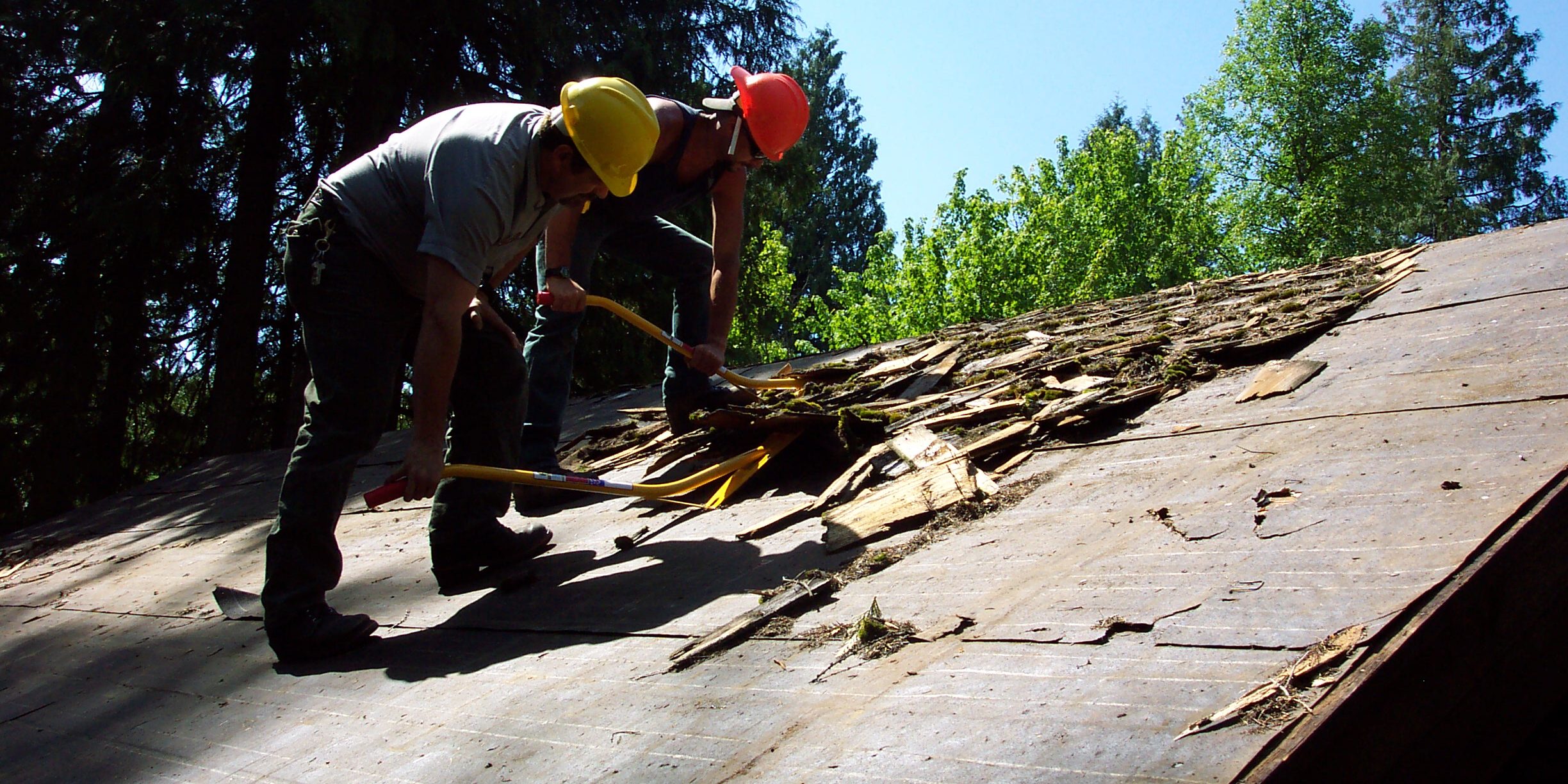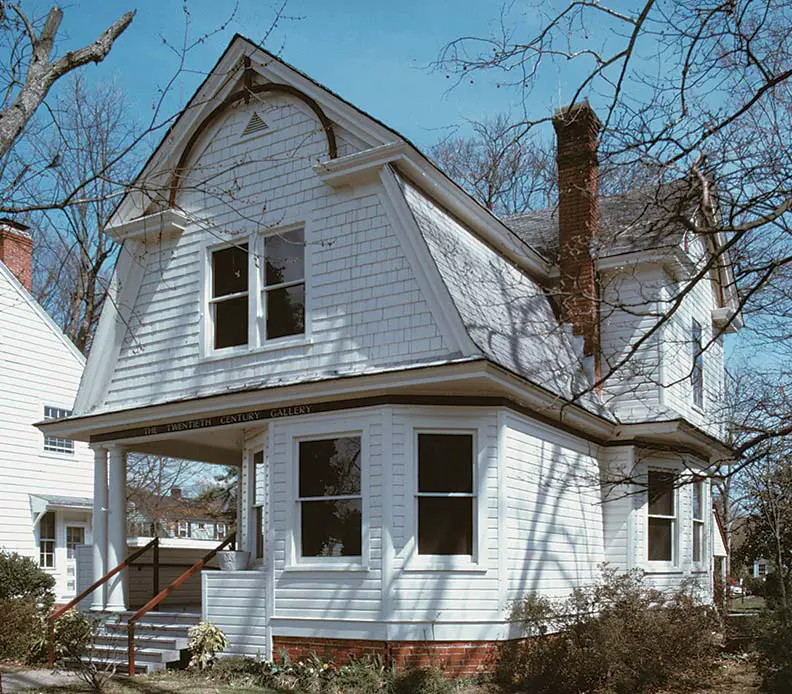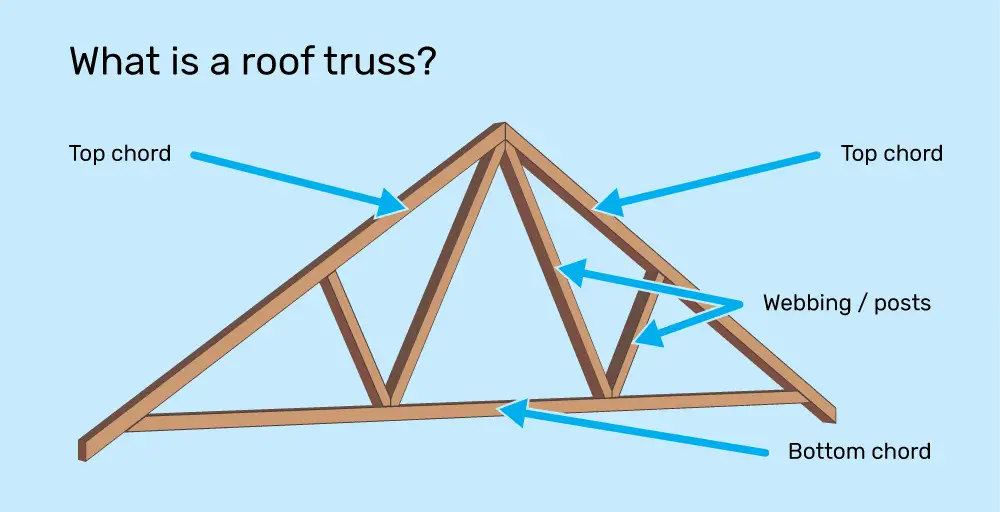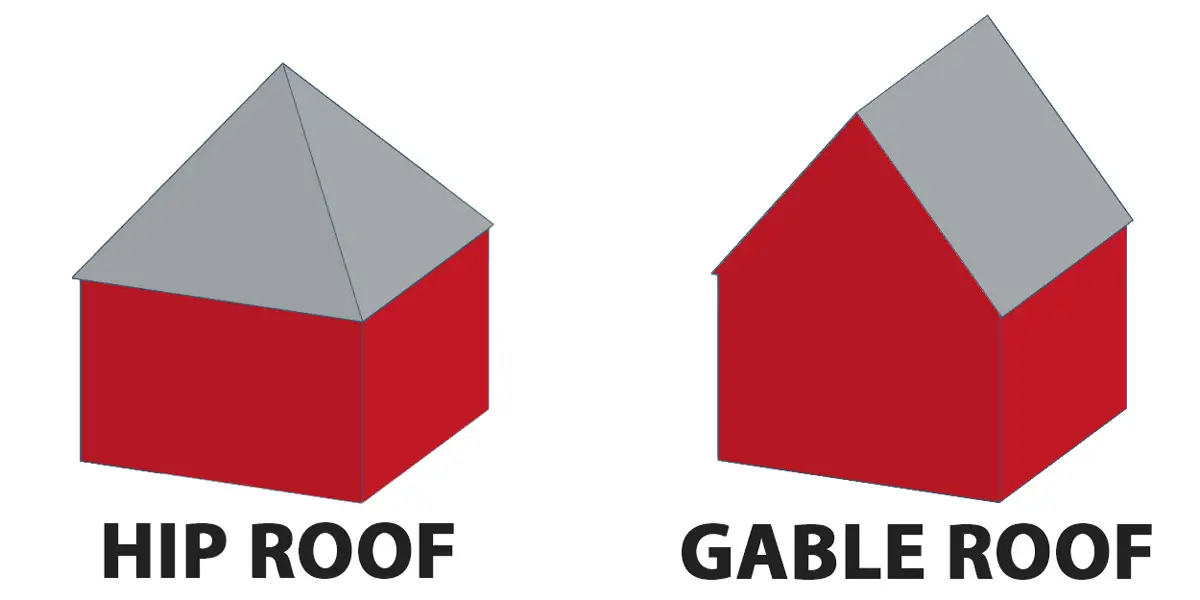Table of Contents
Determining the age of a roof for insurance purposes is an important task that requires careful consideration. Knowing the age of a roof can help insurance companies accurately assess risk and determine premium rates. Insurance policies often need specific information, such as the roof’s age, to provide coverage. As such, it is essential to decide on a roof’s age correctly.

How do you determine the age of the roof for insurance?
You can determine the age of the roof as same as Roof experts using several methods, including:
- Building permit records: If the roof was installed or replaced as part of a building permit, the permit records could provide an accurate date of installation or replacement.
- Visual inspection: A roofing expert can inspect the roof for signs of wear and aging, such as cracks, splits, or curling shingles. They can also look for signs of damage from weather, pests, or other factors that can indicate the roof’s age.
- Manufacturer’s markings: Many roofing materials have markings or labels that indicate the date of manufacture or installation. These markings can be found on shingles or other roofing materials.
- The previous owner or installer information: If the previous owner or installer of the roof is known, they may have information about the roof’s age. This information can be obtained through a property disclosure statement or by contacting the previous owner or installer.
- Knowledge of the building history: A roofing expert who knows the building history may be able to estimate the roof’s age based on when the building was constructed and when the roof was last replaced.
Overall, a combination of these methods can be used to determine a roof’s age. Knowing the age of a roof is essential to properly maintaining it and planning for any necessary repairs or replacements.
The most common way to determine the age of a roof is by examining the shingles or other material used on its surface. Typically, shingles are stamped with an expiration date or year of manufacture. This allows insurers to quickly establish a roof’s age by simply looking up this information on the manufacturer’s website or contacting them directly. If there is no visible stamp on the shingles, then other methods may need to be taken to estimate its age. For example, if there are existing records from when the home was purchased or built, this can provide an approximate time frame for when specific components were installed, such as a new roof.
In addition to examining visual clues like shingle stamps, insurers may also look at other factors related to the condition of a roof to determine its age. Visual observation from ground level can reveal signs that point towards aging roofs, such as worn-out materials, missing pieces, and excessive granule loss. Those inspecting your property will also likely want access to your attic to assess better any potential damage that could have been caused by water seepage over time.
It is essential to keep accurate records regarding estimates and repairs performed on your rooftop since these documents can be valid during the insurance process or future repair needs. Additionally, it is helpful for homeowners and potential buyers alike if they keep documentation regarding any work done on their roofs to verify their condition and assist with determining their approximate ages should they ever need insurance coverage down the line.
Roof characteristics from 1940 to the 1960s
- Roofs from 1940 up to 1960 were typically found on relatively small houses.
- The roof pitch was around 30 degrees, with a moderate slope during this period.
- Small casement windows were standard in houses of this era, often placed in a row along the front or back of the house.
- Roofing materials during this period included asphalt shingles and flat roofs made of tar and gravel.
- Many houses built during this period had simple gable roofs with two sloping sides that met at a ridge in the middle.
- Hipped roofs, with four sloping sides that meet at a point, were also popular during this era.
- Some houses during this period also featured dormer windows, which were set vertically on a roof slope and projected from the roof.
- Chimneys were typical of houses from 1940 to 1960, often made of brick or stone.
- The architectural style of houses from this era was often influenced by the traditional techniques of the past, such as Colonial or Tudor.

Roof characteristics during the 70s
- Gable trussed roofs, shaped like an inverted V, were a common characteristic of 1970s houses. These roofs have two sloping sides that meet at a ridge in the middle.
- Skillion construction over living areas was also popular in 1970s homes. A skillion roof is a single-sloping surface often used for carports or outdoor entertainment.
- Dutch gables were a standard feature on several spec-built homes during this time. This type of roof has a gable with a slight hip at the top and is often used to add visual interest to the house.
- Other roof forms used in 1970s houses include the mansard, reverse garret, and mono-pitch or lean-to. The mansard roof has two slopes on each side, with the lower slope steeper than the upper slope. The reverse mansard is the opposite of the garret, with a steeper slope at the top. The mono-pitch or lean-to roof has a single sloping surface angled away from the central part of the house.
- 1970s roofs often had bold and distinctive designs intended to make a statement and create a unique look. These roofs were usually used to complement the overall architectural style of the house, which was frequently influenced by the time’s contemporary and modernist design movements.
- During the 1970s, roofing materials included asphalt shingles, metal roofing, and flat roofs made of tar and gravel.

Roof characteristics during the 80s
- Roof types: hipped or gabled roofs remained popular in the 1980s.
- Roof slope: the slope of the roofs was still typically less than 20 degrees.
- Roofing materials: similar to the 1970s, a wide variety of materials were used for roofing, such as asphalt shingles, metal, concrete, clay, and slate.
- Wall cladding materials: Diverse materials, including brick, stone, stucco, wood, and vinyl, continued to be used.
- Eaves: the eaves remained narrow, with a limited overhang.
- Roof shapes: some houses featured more simplified roof shapes in the 1980s, with fewer asymmetrical or multi-level designs.

Overall, knowing how old your roof is can be beneficial both from an insurance standpoint as well as providing peace of mind when buying or selling a property down the road – which makes understanding how insurers estimate age so crucial for anyone who owns property with rooftop structures like shingles or tiles installed on them. Determining a roof’s age typically involves looking at visual clues like manufacturer stamps and taking into account more detailed aspects such as underlying structure damage and past repair estimates for insurers to come up with an accurate assessment of their clients’ needs.
